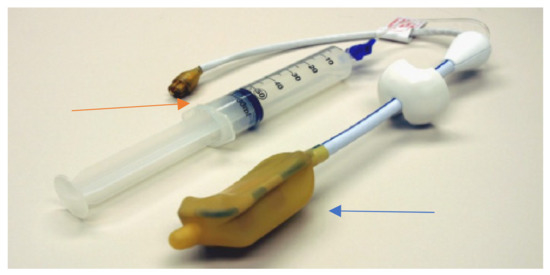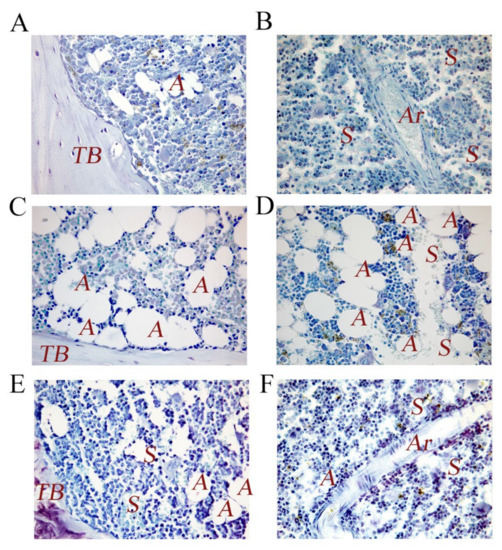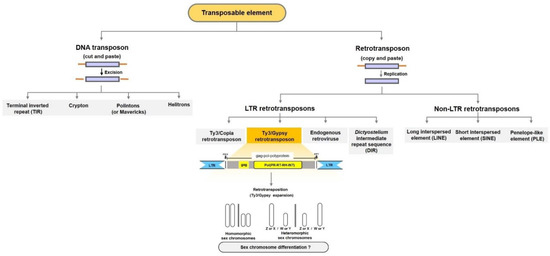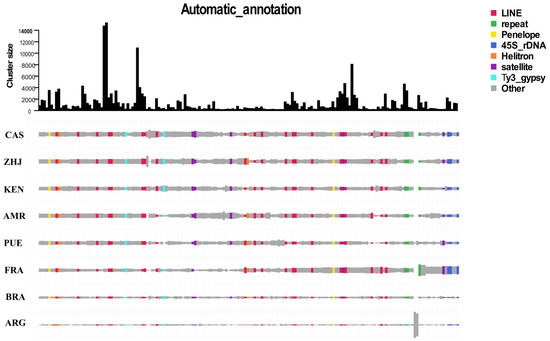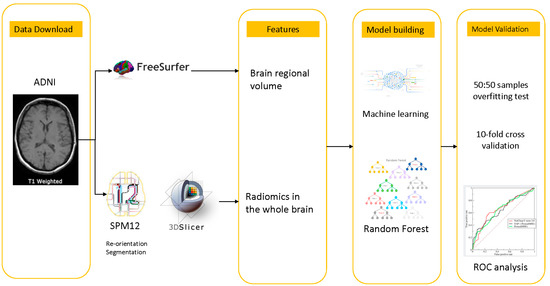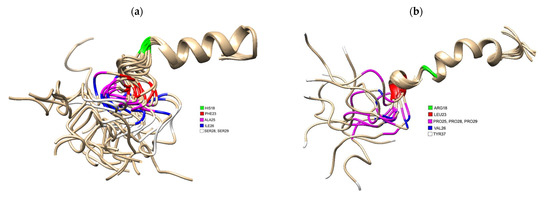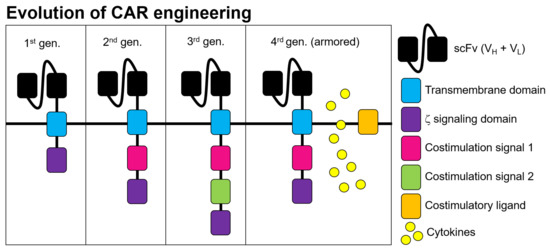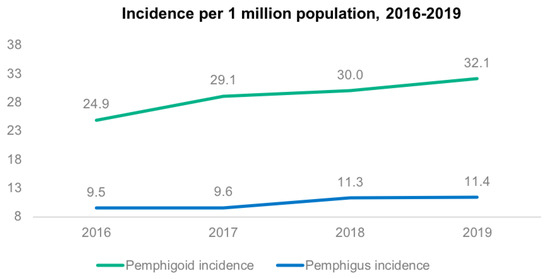Life 2022, 12(4), 510; https://doi.org/10.3390/life12040510 - 30 Mar 2022
Cited by 15 | Viewed by 4243
Abstract
A variety of yeast species have been considered ideal hosts for metabolic engineering to produce value-added chemicals, including the model organism Saccharomyces cerevisiae, as well as non-conventional yeasts including Yarrowia lipolytica, Kluyveromyces marxianus, and Pichia pastoris. However, the metabolic
[...] Read more.
A variety of yeast species have been considered ideal hosts for metabolic engineering to produce value-added chemicals, including the model organism Saccharomyces cerevisiae, as well as non-conventional yeasts including Yarrowia lipolytica, Kluyveromyces marxianus, and Pichia pastoris. However, the metabolic capacity of these microbes is not simply dictated or implied by genus or species alone. Within the same species, yeast strains can display distinct variations in their phenotypes and metabolism, which affect the performance of introduced pathways and the production of interesting compounds. Moreover, it is unclear how this metabolic potential corresponds to function upon rewiring these organisms. These reports thus point out a new consideration for successful metabolic engineering, specifically: what are the best strains to utilize and how does one achieve effective metabolic engineering? Understanding such questions will accelerate the host selection and optimization process for generating yeast cell factories. In this review, we survey recent advances in studying yeast strain variations and utilizing non-type strains in pathway production and metabolic engineering applications. Additionally, we highlight the importance of employing portable methods for metabolic rewiring to best access this metabolic diversity. Finally, we conclude by highlighting the importance of considering strain diversity in metabolic engineering applications.
Full article
(This article belongs to the Special Issue In Yeast We Trust: A Global Vision of Yeast Cell Factories at the Verge of a New Era)
►
Show Figures



